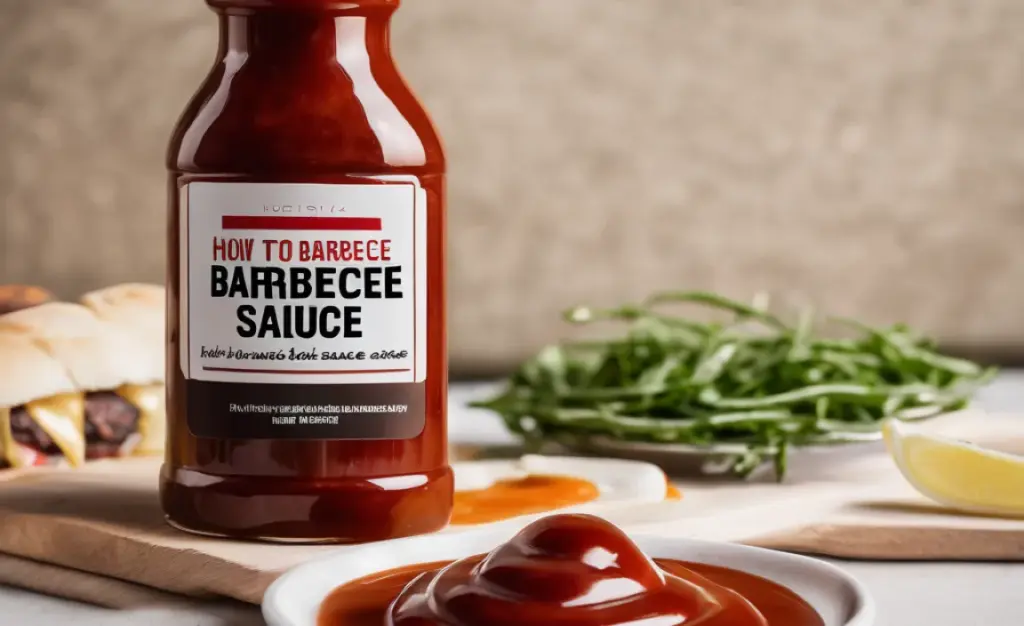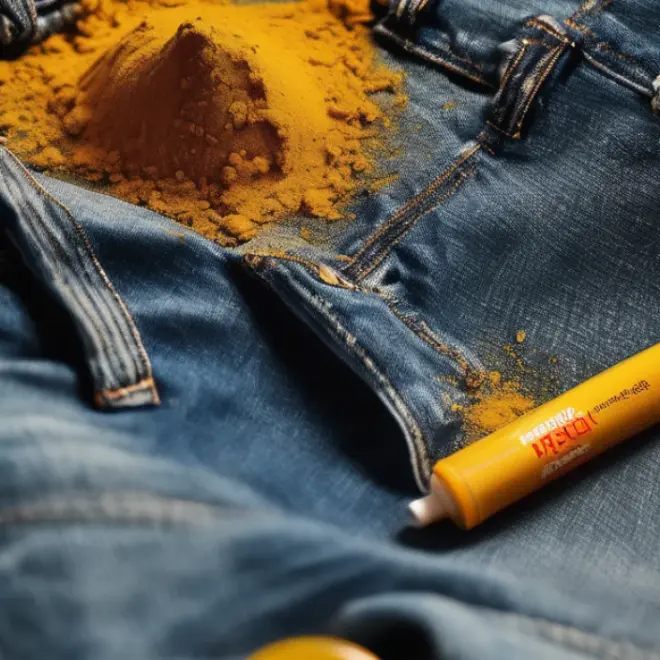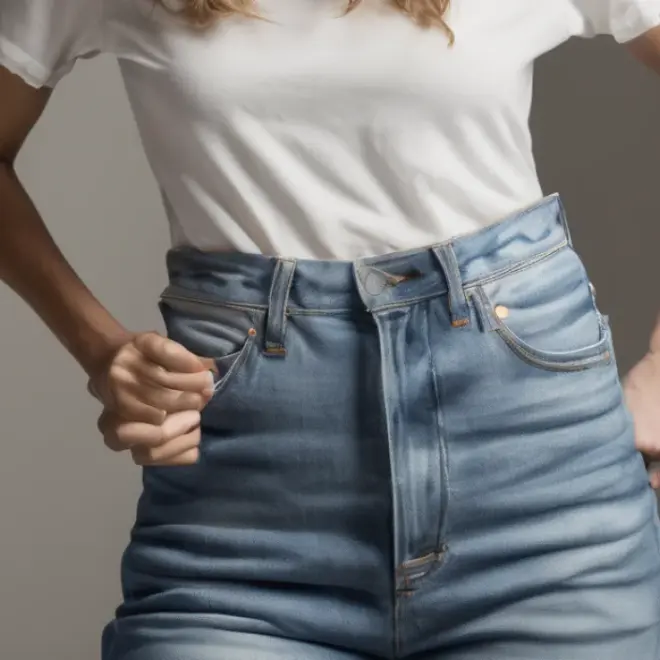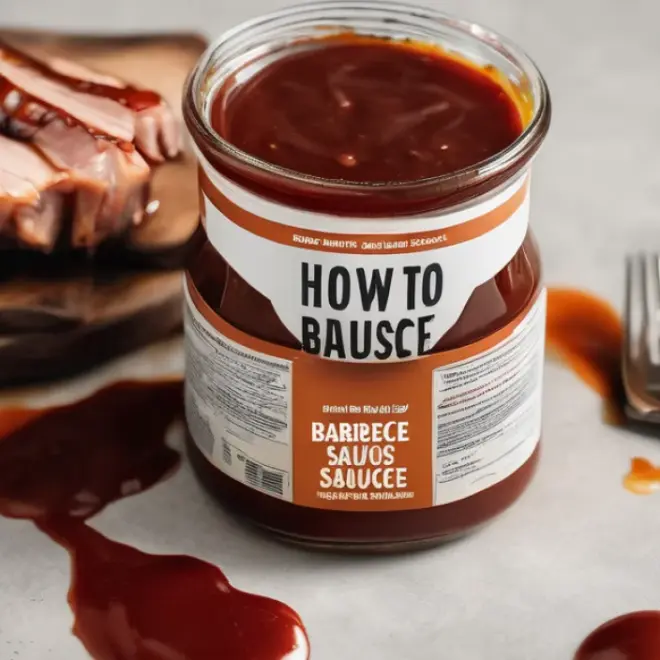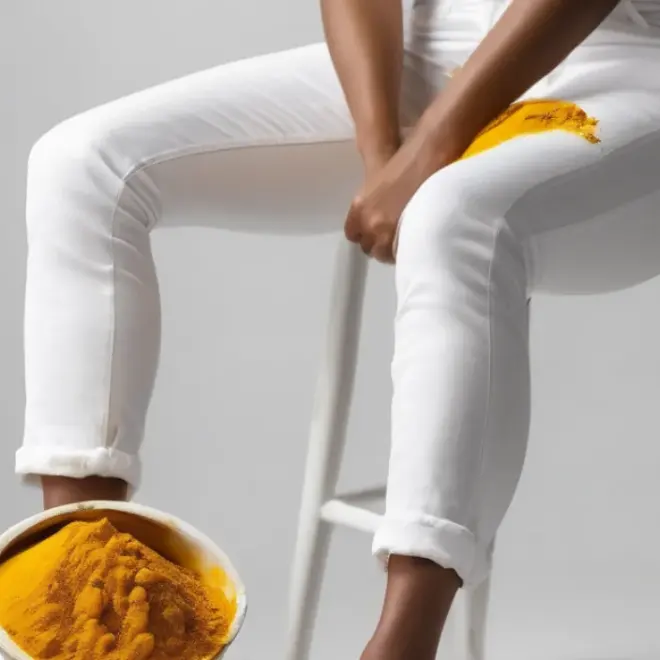Quick Summary:
Prevent a barbecue stain from becoming a permanent mark. Act fast by blotting, then use dish soap and cold water to gently lift the stain. For tougher spots, a stain remover applied before washing usually does the trick, keeping your clothes looking fresh.
How to Remove Barbecue Sauce: Proven Essential
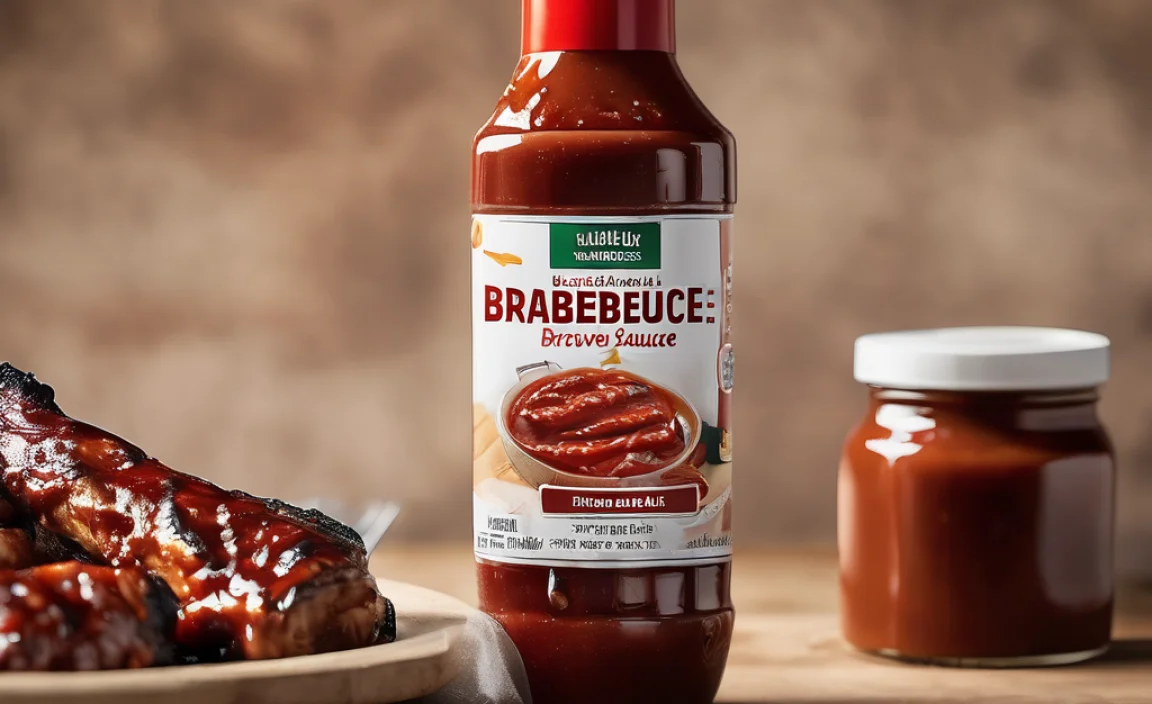
Barbecue sauce is a delicious part of gatherings, but it can leave a stubborn stain. These sauces are often made with tomato paste, molasses, or oil, which can penetrate deep into fabric fibers. A dropped dollop or a stray splash can quickly turn a favorite shirt or pair of pants into a stained mess. Don’t worry! Removing barbecue sauce is entirely possible with the right approach and a little patience. This guide will walk you through simple, effective methods to save your clothes from these savory splatters, ensuring you can enjoy your meal without the worry.
Understanding Barbecue Sauce Stains
Barbecue sauces are notorious stain culprits due to their complex ingredients. They typically contain:
- Tomato-based ingredients: Like tomato paste or puree, which are highly pigmented and can set quickly.
- Sugars and Molasses: These sticky components can bind to fabric fibers, making them harder to lift.
- Oils and Fats: From ingredients like Worcestershire sauce, oil, or even fatty meats, these require degreasing agents to break down.
- Spices and Dyes: Paprika, caramel coloring, and other flavorings add to the staining power.
The combination means you’re dealing with pigment, stickiness, and grease all at once. The key to success is acting quickly and using the right cleaning agents.
Essential Tools and Supplies
Before you start tackling a barbecue sauce stain, gather these common household items:
- Paper towels or clean cloths
- Cold water
- Liquid dish soap (a grease-cutting variety is best)
- Soft-bristled brush (an old toothbrush works well)
- Stain remover (oxygen-based or enzyme-based are good choices)
- Optional: White vinegar, rubbing alcohol, baking soda
Having these on hand means you can immediately start the removal process when a spill happens, which is the most crucial step.
Step-by-Step Guide to Removing Barbecue Sauce Stains
Follow these steps to effectively remove barbecue sauce from most fabrics. Remember to always check your garment’s care label first for any specific washing instructions.
Step 1: Blot Immediately (Don’t Rub!)
As soon as the spill occurs, grab a paper towel or a clean cloth. Gently blot the excess barbecue sauce from the fabric. The goal here is to absorb as much of the sauce as possible without spreading it further into the material. Resist the urge to rub, as this will push the sauce deeper into the fibers and make it harder to remove.
Step 2: Flush with Cold Water
Turn the garment inside out and hold the stained area under a stream of cold running water. Flush the stain from the back of the fabric. This helps to push the sauce particles out of the fibers rather than deeper in. Continue flushing until you can no longer see any sauce residue.
Step 3: Apply Liquid Dish Soap
Generously apply a few drops of good quality liquid dish soap (one known for its grease-cutting abilities) directly to the stained area. Gently work the soap into the fabric with your fingers or a soft-bristled brush. Let it sit for about 5-10 minutes to allow the soap to break down any grease and pigments.
Step 4: Rinse and Inspect
Rinse the area thoroughly with more cold water. Inspect the stain. If the stain is still visible, repeat steps 3 and 4. Sometimes, a stubborn stain requires a second application of dish soap.
Step 5: Use a Stain Remover (If Necessary)
If the stain persists after the dish soap treatment, it’s time for a dedicated stain remover. Choose an oxygen-based or enzyme-based stain remover. Apply it directly to the stain according to the product’s instructions. Most stain removers suggest letting them sit for a period, usually 5-30 minutes, to work their magic. For heavily dried or set-in stains, you might need to let it sit longer; consult the product label. You can find effective stain removers at most grocery and department stores. For example, products like OxiClean or Shout! are widely available and effective.
Step 6: Wash as Usual
After treating the stain with dish soap or a stain remover, wash the garment as you normally would, according to its care label. It’s best to use cool or warm water. Avoid hot water, as it can set any remaining stain remnants.
Step 7: Air Dry and Inspect Again
Before putting the garment in the dryer, inspect the stained area carefully to ensure the stain is completely gone. Heat from a dryer can permanently set any remaining trace of the stain. If the stain is still there, repeat the stain removal process. If the stain is gone, you can then dry the garment as usual. Air drying is always a safer bet for stained items until you are 100% sure the stain is out.
Tips for Specific Fabrics
Different fabrics require slightly different approaches. Always test cleaning methods on an inconspicuous area first.
White Jeans and Other White Clothing
White fabrics are a magnet for colorful spills like barbecue sauce. For white jeans, the process is similar, but you have a bit more leeway with stronger cleaning agents.
- After the initial blotting and cold water flush, you can try making a paste of baking soda and water. Apply it to the stain, let it sit, and then rinse.
- For very stubborn stains on white cotton or linen, a diluted bleach solution (follow product instructions carefully and ensure the garment is bleach-safe) can be a last resort.
- Consider using a laundry booster like Borax or OxiClean mixed with water, allowing the garment to soak for several hours.
Delicate Fabrics (Silk, Wool, Rayon)
These fabrics are more sensitive. Rubbing or harsh chemicals can cause damage.
- Gently blot, then apply a small amount of a pH-neutral detergent or a specialized detergent for delicates directly to the stain.
- Use your fingers or a soft cloth to gently work it in.
- Rinse very carefully with cool water.
- For silk, avoid any bleach. For wool, avoid hot water and excessive agitation.
- Always air dry delicates. Consult a professional cleaner if you’re unsure.
Upholstery and Carpets
Barbecue sauce spills aren’t limited to clothing. If your couch or carpet falls victim:
- Blot up as much excess sauce as possible with clean cloths.
- Mix 1 tablespoon of liquid dish soap with 2 cups of cold water.
- Dampen a clean cloth with this solution and blot the stain. Work from the outside in.
- Rinse by blotting with a cloth dampened with plain cold water.
- Blot dry with a clean towel.
- For persistent stains, a commercial upholstery or carpet cleaner may be necessary. Always test in an hidden area first. The Environmental Protection Agency (EPA) offers tips on using greener cleaning methods for your home.
Advanced Stain Removal Techniques
If standard methods aren’t quite cutting it, here are a couple of more advanced options:
Using White Vinegar
White vinegar can be effective at breaking down some types of stains, including those with tomato or sugar bases.
- Mix equal parts white vinegar and cold water.
- Apply the solution to the stain using a clean cloth or sponge.
- Let it sit for about 15-30 minutes.
- Rinse thoroughly with cold water and proceed to wash as usual.
This method is generally safe for most colored fabrics, but it’s always wise to test in a hidden spot first.
Rubbing Alcohol (Isopropyl Alcohol)
Rubbing alcohol can help lift greasy and oily components from the sauce.
- Dab rubbing alcohol onto a clean cloth (do not pour directly on the fabric).
- Gently blot the stain with the alcohol-dampened cloth.
- Work from the outside of the stain towards the center.
- Rinse the area with cold water and then wash the garment.
Be cautious with delicate fabrics, as alcohol can sometimes affect dyes.
What Not to Do
Certain actions can make barbecue sauce stains worse or harder to remove.
- Don’t rub the stain. This pushes it deeper.
- Don’t use hot water initially. Heat can set protein-based or tomato-based stains.
- Don’t put a stained garment in the dryer. The heat will set the stain permanently.
- Don’t overuse bleach. It can damage fabrics and remove color unintentionally.
Preventing Barbecue Sauce Stains
While not always possible to avoid spills, here are a few tips to minimize their impact:
- Wear an apron or bib when eating saucy foods, especially if you’re prone to spills.
- Keep napkins handy and use them liberally.
- Consider designated “sauce plates” or individual dipping bowls to control the spread.
- Choose darker colored clothing for barbecues if you’re concerned about spills.
Barbecue Sauce Stain Removal Outcome Comparison
Understanding which methods are best for different scenarios can save time and effort.
| Stain Severity | Recommended Method | Likely Outcome | Notes |
|---|---|---|---|
| Fresh, Small Stain | Blot, Cold Water Rinse, Dish Soap | Excellent | Fastest and easiest when acted upon immediately. |
| Set-in or Larger Stain | Blot, Cold Water, Dish Soap, Stain Remover | Very Good | Stain remover is key for older or more stubborn spots. |
| Very Old/Dried Stain on White Fabric | Dish Soap, Stain Remover, Baking Soda Paste, Optional Diluted Bleach (if safe) | Good to Excellent | Multiple treatments may be needed. Oxygen bleach is a safer alternative to chlorine bleach. |
| Grease-Heavy Sauce Stain | Dish Soap (excellent degreaser), Rubbing Alcohol | Good to Very Good | Dish soap is your first line of defense for grease. |
Frequently Asked Questions (FAQ)
Q1: How quickly do I need to treat a barbecue sauce stain?
The sooner, the better. Fresh stains are significantly easier to remove than stains that have had time to set into the fabric fibers. Aim to treat any spill within minutes if possible.
Q2: Can I use hot water to remove barbecue sauce?
No, it’s best to avoid hot water, especially during the initial treatment. Heat can cause tomato-based and protein components in barbecue sauce to bond more permanently with fabric fibers, making the stain harder to lift.
Q3: What is the best stain remover for barbecue sauce?
Oxygen-based or enzyme-based stain removers are generally most effective. These types of cleaners work by breaking down the complex ingredients found in barbecue sauce, such as pigments, sugars, and fats.
Q4: Can I remove barbecue sauce from a dry-clean-only garment?
For garments labeled “dry clean only,” it’s best to take it to a professional dry cleaner. Point out the stain and mention it’s from barbecue sauce so they can use the appropriate treatment. Attempting to remove it yourself with water-based methods could damage the fabric.
Q5: My white jeans still have a faint stain after washing. What else can I try?
If a faint stain remains on white jeans, try soaking them in a solution of an oxygen-based bleach (like OxiClean) and water for several hours or overnight. Afterward, wash them again as usual. Ensure the garment is safe for oxygen bleach before proceeding.
Q6: Are home remedies like vinegar or baking soda effective for barbecue sauce?
Yes, white vinegar and baking soda can be effective as home remedies, especially for breaking down grease and tackling odors. They are often good first steps or supplementary treatments when used with dish soap and before a commercial stain remover.
Conclusion
Barbecue sauce stains can seem daunting, but with the right knowledge and quick action, they are manageable. The core principles remain consistent: blot first, use cold water, gentle soap, and stain removers when needed, and always dry only after confirming the stain is gone. By following these proven steps, you can confidently tackle barbecue sauce spills and keep your favorite clothing and home furnishings looking their best, so you can focus on enjoying the good times and great food. Remember, pre-treating and then washing with cold water is your best bet. If a stain remains, tackle it again before it gets a chance to set permanently, especially by avoiding the heat of the dryer.


